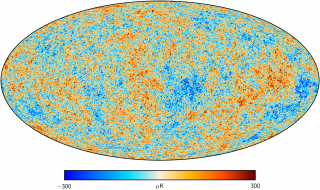Bibcode
Iglesias-Groth, S.
Bibliographical reference
Monthly Notices of the Royal Astronomical Society, Volume 411, Issue 3, pp. 1857-1862.
Advertised on:
3
2011
Citations
12
Refereed citations
11
Description
Interstellar absorption lines up to J″= 10 in the (2, 0) band and
up to J″= 6 in the (3, 0) band of the C2
A1Πu-X1Σ+g
system are detected toward star Cernis 52 (BD +31°640) in the
Perseus molecular complex. The star lies in a reddened line of sight
where various experiments have detected anomalous microwave emission
spatially correlated with dust thermal emission. The inferred total
C2 column density of N(C2) = (10.5 ± 0.2)
× 1013 cm-2 is well correlated with that of
CH, as expected from theoretical models, and is among the highest
reported for translucent clouds with similar extinction. The observed
rotational C2 lines constrain the gas kinetic temperature T
and the density n=n(H) +n(H2) of the intervening cloud to T=
40 ± 10 K and n= 250 ± 50 cm-3, respectively.
This is the first determination of the gas kinetic temperature and
particle density of a cloud with known anomalous microwave emission.
Related projects

Anisotropy of the Cosmic Microwave Background
The general goal of this project is to determine and characterize the spatial and spectral variations in the temperature and polarisation of the Cosmic Microwave Background in angular scales from several arcminutes to several degrees. The primordial matter density fluctuations which originated the structure in the matter distribution of the present
Rafael
Rebolo López